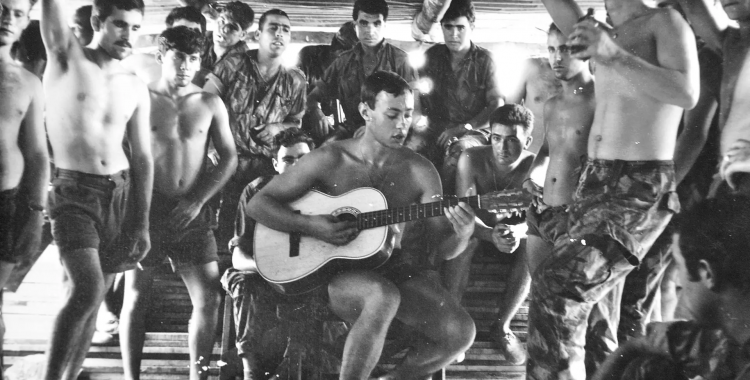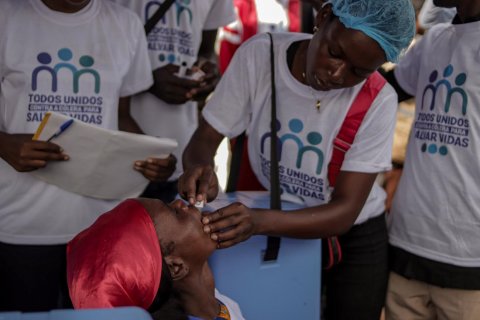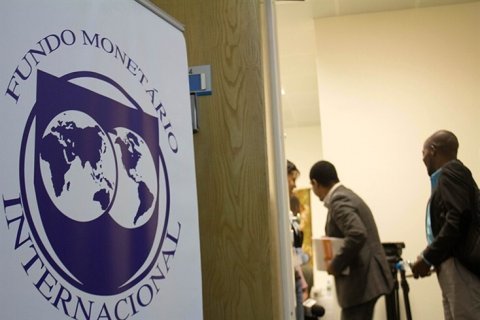“A Guerra Guardada. Fotografia de Soldados Portugueses em Angola, Guiné Bissau e Moçambique, 1961 1974” is the title of a book, to be published by Tinta-da-China, which is based on the exhibition of the same name that was on display at the Museu do Aljube (Portugal) between 13 January and 3 April 2022.
These are photographs that the thousands of men mobilised to the former Portuguese colonies took of their surroundings, according to information provided by the Museu do Aljube regarding the exhibition that is now being given a new lease of life and is being extended into a book.
The result is not, as one might imagine, just images of soldiers in action, but above all in a relaxed and informal environment, inside and outside the barracks, with or without uniform.
Comrades, barracks, landscapes, daily life, civilian populations, military apparatus, images that escaped the regime's censorship and were saved or sent by post as proof of life from a distance.
Some of these men built makeshift laboratories, others accessed official laboratories, several frequented photography shops that flourished with the demand generated by the war, many bought and exchanged images.
This is how they built up the photographic archives, whose images and stories they contain were kept for years in the confines of their personal circles.
Fifty years after the start of the conflict, some collections of former soldiers were destroyed, others were orphaned by the disappearance of their owners, but many still survive, preserved in albums or boxes, analogue or digitized, and are shown in restricted circles or shared on social networks.
The leap into the public space was made through ethnographic research carried out at the Institute of Social Sciences of the University of Lisbon by researchers Inês Ponte and Maria José Lobo Antunes with ex-combatants and their photographic collections.
Most of these collections were collected through face-to-face interviews, the rest are published on various websites and Internet archives.
Scattered throughout the country, they portray a distant time and space, and show a war that was lived, but also imagined. Banal or extraordinary, they reveal the many worlds of a long and anachronistic war that was ordered to be fought by the dictatorship, highlights Aljube.
Thus, “A Guerra Guardada” explores personal collections of men who were once soldiers, to which are added, in the book to be published, texts by researchers and works by artists and composers that, in different ways, reflect on colonialism, war and the end of the Portuguese empire, reveals Tinta-da-China.
According to the publisher, in addition to the researchers, authors such as Cláudia Castelo, Joaquim Paulo Nogueira, Kevin Carreira Soares, Miguel Cardina, Miso Music Portugal, Paulo Faria, Pedro Aires Oliveira, Rita Luís and Rui Lopes contribute to this volume.
The artistic creations are by Ana Vidigal, Daniel Barroca, Daniel Schvetz, Diogo Alvim, Lino Damião, Patrícia Barbosa and Pedro Lima.
“The Guarded War. Photographs of Portuguese Soldiers in Angola, Guinea Bissau and Mozambique, 1961-1974” will be available in bookstores on 5 September.







